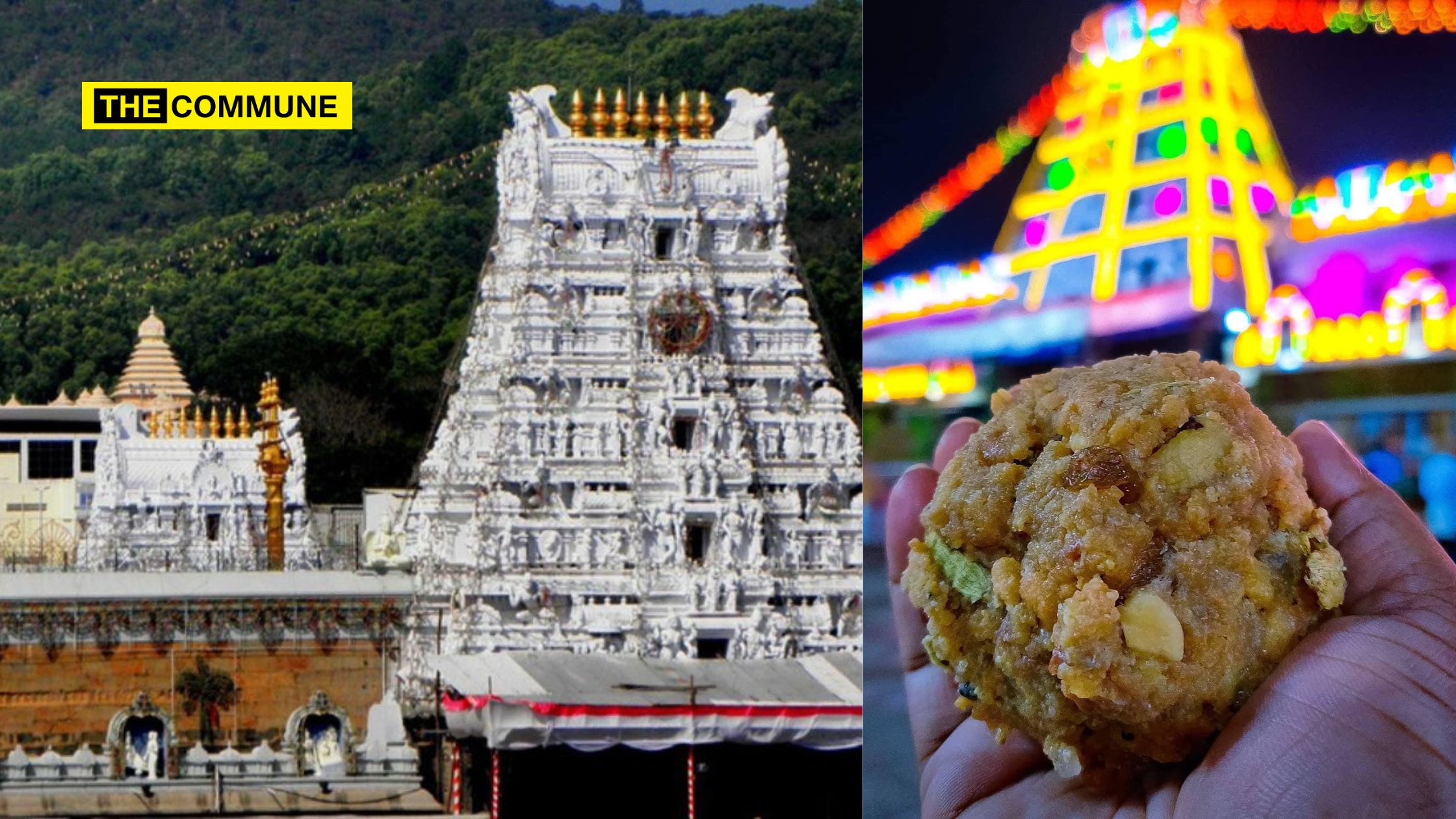
Andhra Pradesh Chief Minister Chandrababu Naidu recently alleged that animal fat was being mixed with ghee to make prasadam in Tirupati. This was supported by a test report which seemed to prove the same. This shocked the nation, especially Hindus, raising concerns about the sanctity and quality of the temple’s offerings.
To gain historical insight into such allegations, Dinamalar consulted Munirathnam, Director of the Inscriptions Department, Mysore Division, Central Archeology Department. Munirathnam, who has transcribed numerous inscriptions at the Tirupati Tirumala temple, shed light on ancient practices related to temple offerings and their preparation.
According to Munirathnam, the Tirupati Tirumala temple boasts over 1,150 inscriptions spanning from the 8th to the 18th century. He has personally transcribed 100 of these inscriptions at Ananda Nilayam. Many of these inscriptions detail donations made by Tamil, Telugu, and Kannada rulers, as well as wealthy individuals, to the Tirumala temple. The inscriptions provide intricate information about the ingredients and methods used in preparing food offerings made to Lord Venkateswara, reflecting the high importance given to the purity and quality of the food.
For instance, the inscriptions specify the exact quantities and types of ingredients used in offerings and record generous donations made to support these practices. Pallava queen Kanavan Perundevi is documented to have donated 4,176 gold coins. At the same time, Vijayanagara ruler Krishnadevaraya and his consorts, Thirumaladevi and Chinnadevi, are noted for visiting the temple seven times and donating golden vessels for anna daanam.
Furthermore, inscriptions highlight the rigorous oversight of food preparation at the temple. Inspectors were tasked with monitoring the cleanliness of the kitchen, the quality of food ingredients, and the adherence to traditional customs by those preparing the offerings. Any deviations from the established norms were met with severe punishments.
Munirathnam recalled one particular incident, recorded in the inscriptions, where a temple worker involved in food adulteration and another responsible for the adulteration of temple jewellery were discovered. In both cases, their entire lineage was permanently excluded from any work associated with the Tirumala temple. At the time, this punishment was considered the ultimate form of social exclusion. These strict measures underscore the high standards maintained by the temple authorities throughout history to ensure the sanctity of offerings made to Lord Venkateswara.
The recent allegations regarding the Tirupati laddus have raised questions about the temple’s current practices, but historical evidence suggests that the temple’s custodians have long taken the quality of food preparation seriously, with severe consequences for any infractions.
As the controversy unfolds, it remains to be seen how the temple administration will address Chandrababu Naidu’s concerns. The historical record stands as a reminder of the stringent measures enforced in the past to maintain the sanctity of the Tirumala temple’s offerings.
Subscribe to our channels on Telegram, WhatsApp, and Instagram and get the best stories of the day delivered to you personally.




